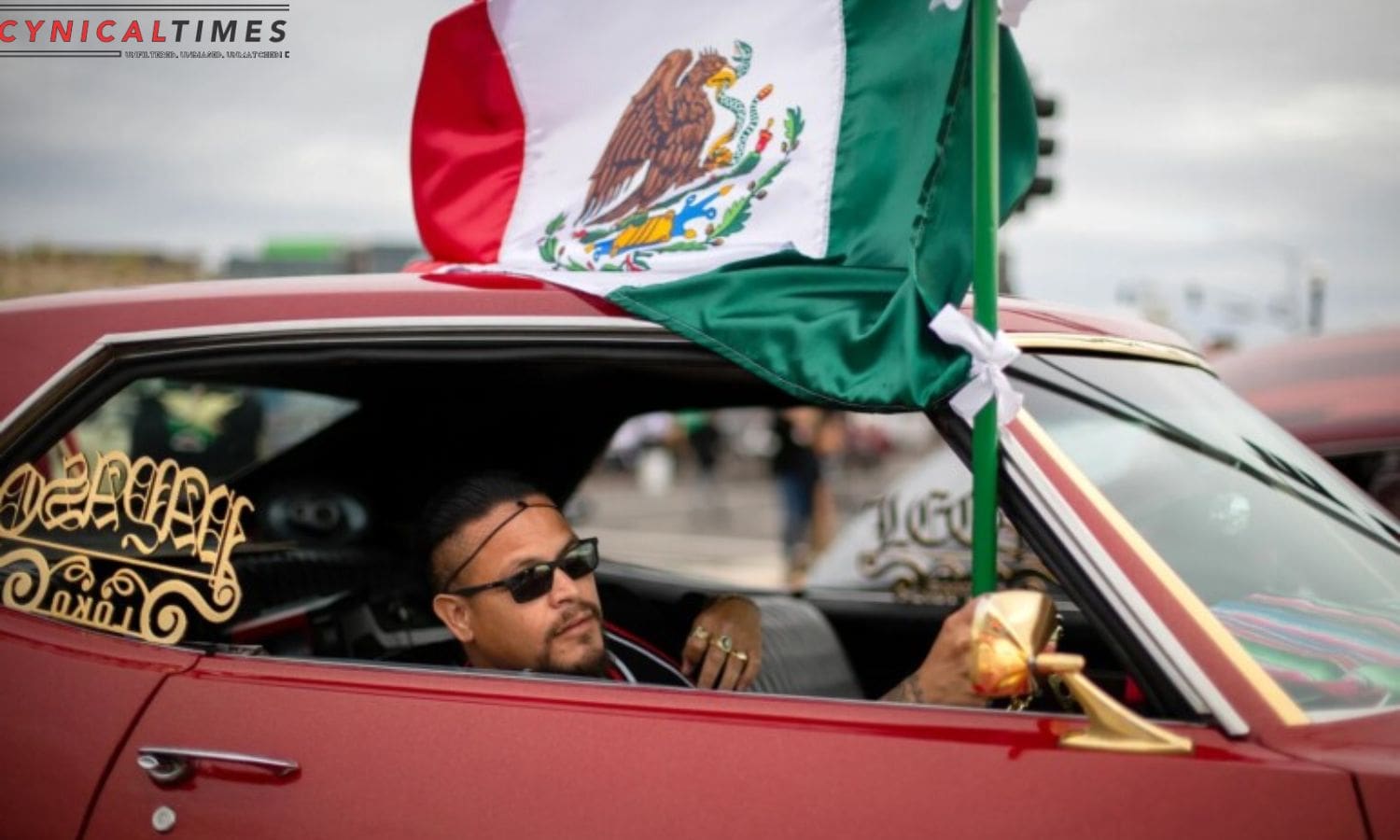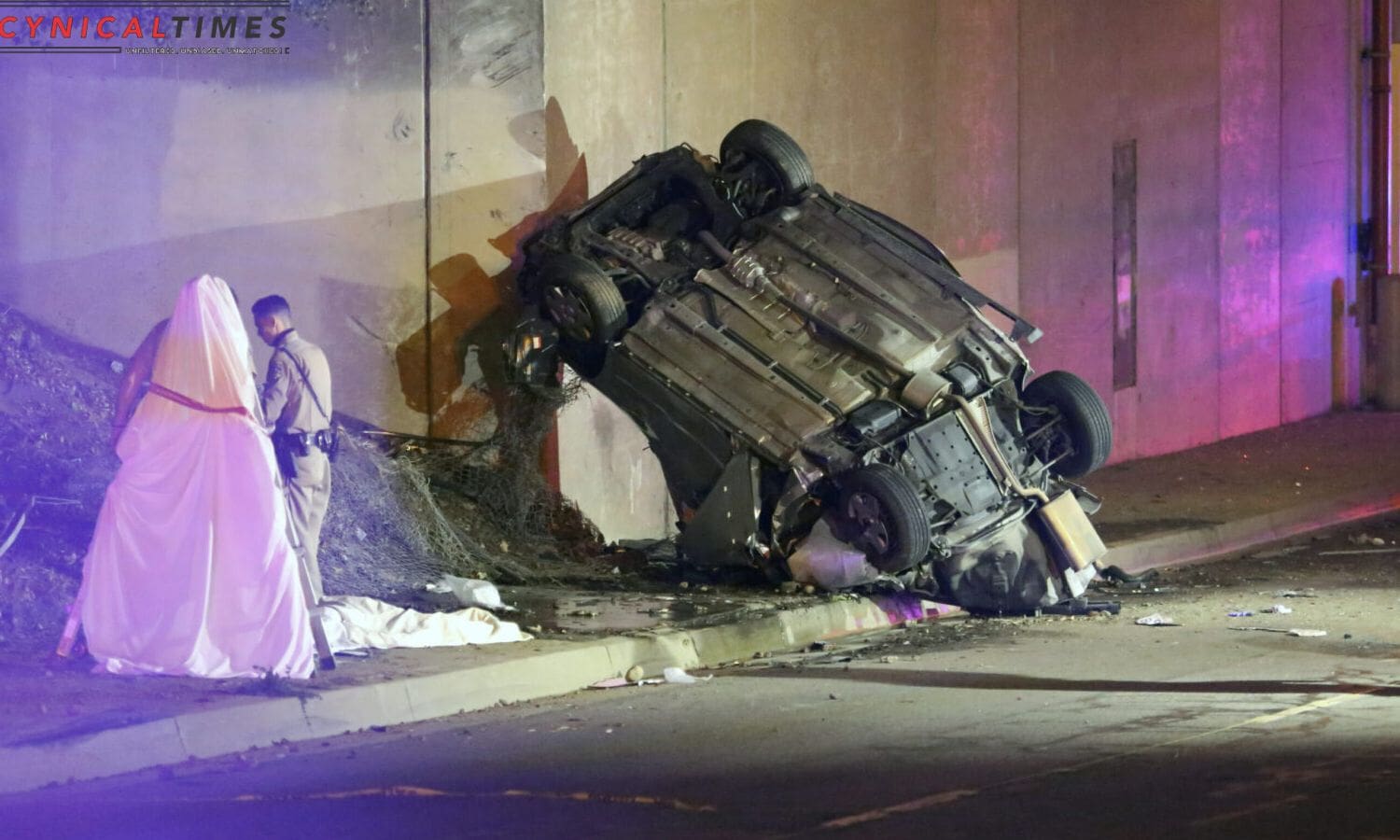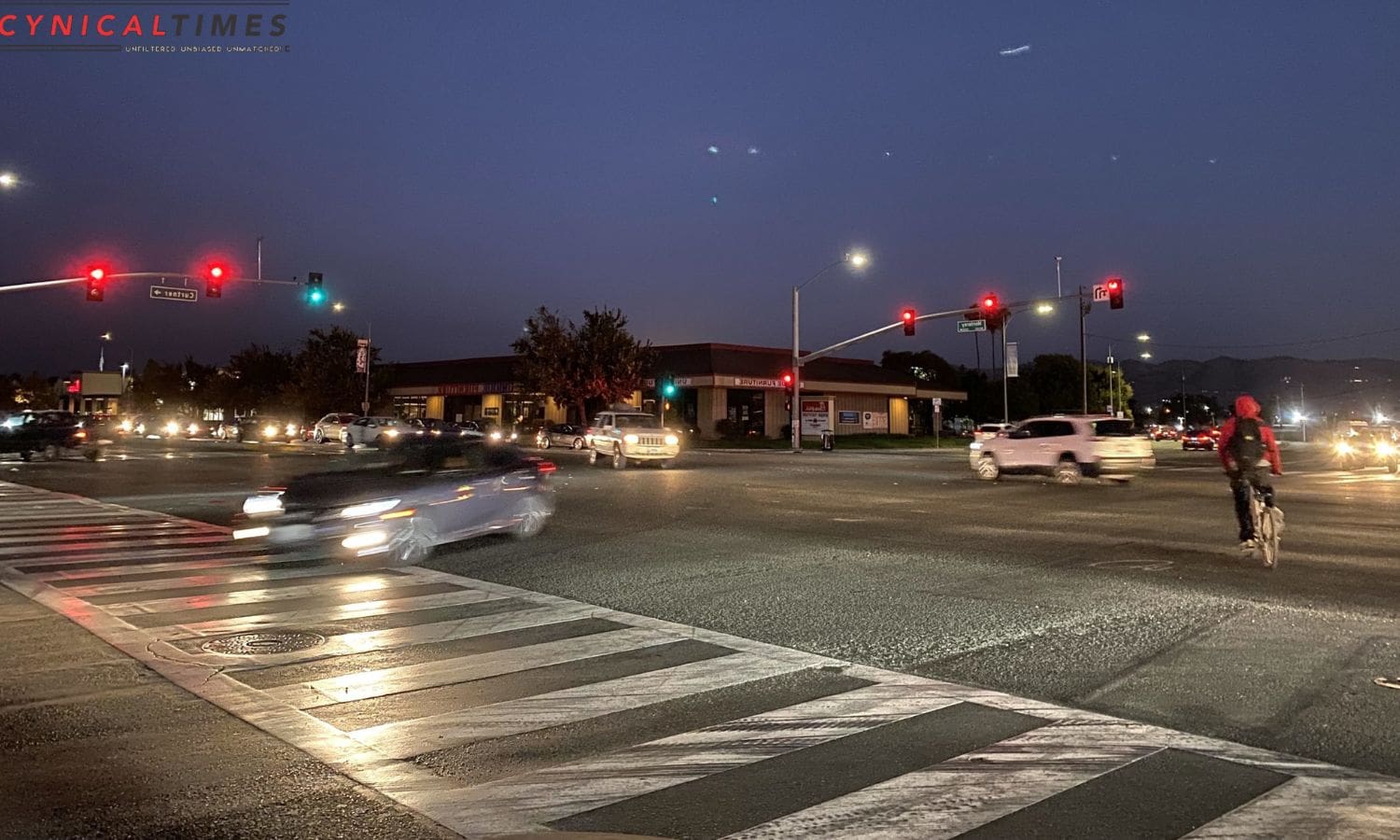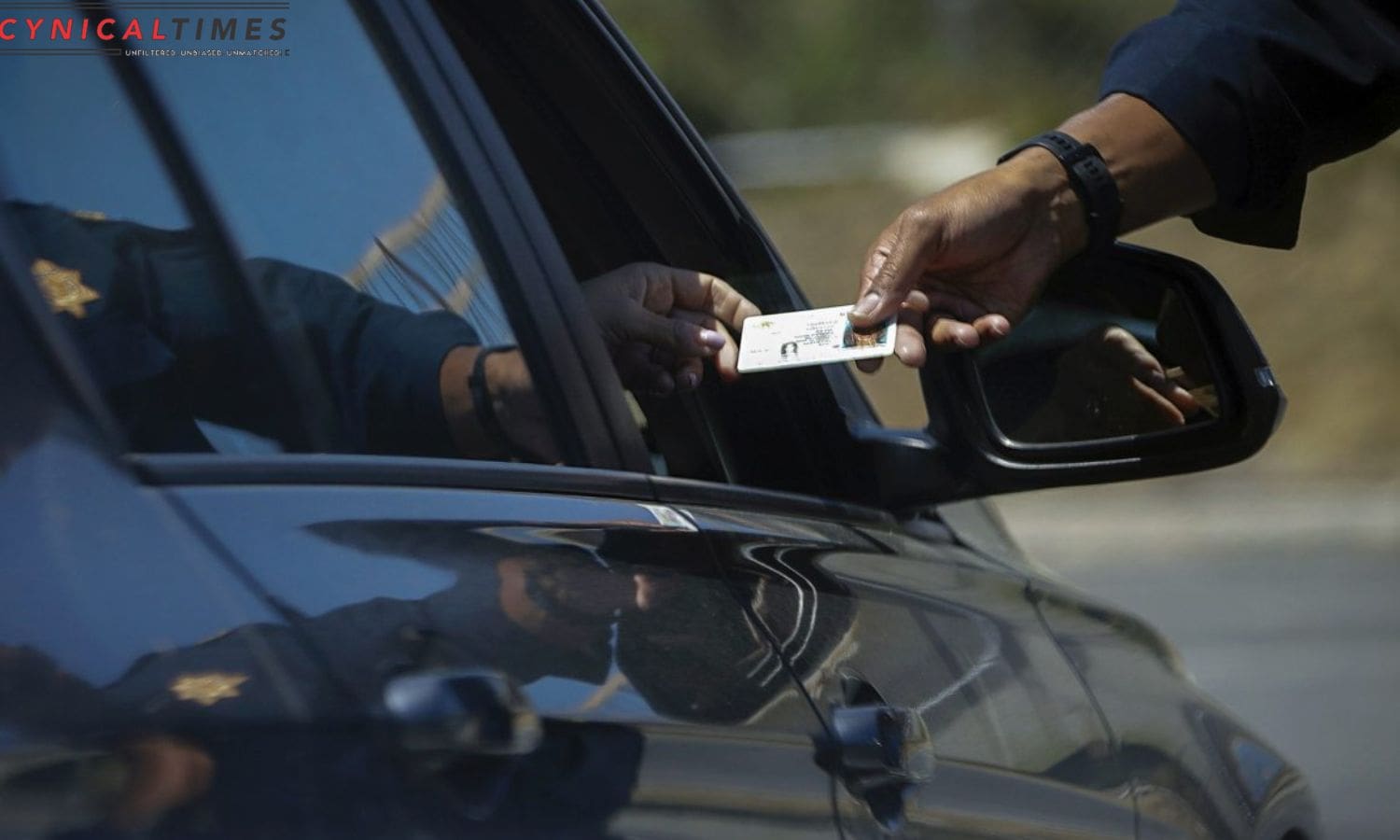California Road Safety Revolution: California’s road safety landscape is undergoing a revolution as speed cameras take center stage in saving lives. This groundbreaking initiative, implemented in six cities across the state, aims to curb speeding and promote responsible driving habits.
Supported by a strong advocacy movement and the recent reversal of California’s statewide cruising ban, this article explores the cultural significance of cruising and the ongoing debates surrounding the use of speed cameras.
Key Takeaways Of California Road Safety Revolution
- Implementation of a speeding enforcement program in six major cities in California aims to enhance road safety and reduce traffic violations.
- Speeding fines collected from the program will be used to fund the program itself and implement traffic calming measures.
- Advocates strongly endorse and support the speed camera initiative, citing research that shows speed cameras are effective in deterring speeding.
- Reversal of California’s statewide cruising ban has generated mixed emotional responses, with excitement from classic car enthusiasts and concerns about pedestrian safety and dangerous street takeovers.


Speeding Enforcement Program in Six California Cities
The implementation of a speeding enforcement program in six major cities in California marks a significant step towards improving road safety and reducing traffic violations.
Starting January 1, these cities, including Los Angeles, San Jose, Oakland, Glendale, Long Beach, and San Francisco, will utilize cameras to catch and fine speeding drivers.
The objective of this five-year pilot program is to enhance road safety by deterring drivers from exceeding the speed limit. Fines will start at $50 for drivers going over the limit by at least 11 mph.
The collected fines will be used to fund the program and implement traffic calming measures, such as raised crosswalks and speed tables.
Violators will face penalties after a 60-day warning period, possibly adjusted based on income.
The cities will also be required to provide reports on safety improvements and community impacts.
This progressive approach to speeding enforcement holds great promise in making California’s roads safer for everyone.
Advocacy and Support for Speed Camera Initiative
Advocates from various sectors have strongly endorsed and championed California’s speed camera initiative, recognizing its potential to significantly reduce accidents and save lives. Research has consistently shown that speed cameras are effective in deterring speeding and improving road safety.
Local officials, such as Oakland Mayor Sheng Thao, have voiced their support, emphasizing the importance of addressing the disproportionate impact of ‘traffic violence’ on marginalized communities. By implementing speed cameras, California aims to create a safer environment for all road users, particularly those who are most vulnerable.
Groups like Walk San Francisco have also rallied behind the initiative, emphasizing the need for comprehensive measures to combat speeding and prevent tragic accidents.
With widespread advocacy and support, the speed camera initiative in California has the potential to revolutionize road safety and save countless lives.


Also Read: California Traffic Stops Revolution: A Look at AB 2773
Reversal of California’s Statewide Cruising Ban
Following the endorsement and support for California’s speed camera initiative, a significant development has taken place with the reversal of the statewide ban on cruising.
This decision has sparked various emotional responses among the audience, including:
- Excitement: Classic car enthusiasts are elated to showcase their customized lowrider cars, appreciating the opportunity to leisurely ride on city streets.
- Concern: Some law enforcement groups and specific cities worry about pedestrian safety and the potential for dangerous ‘street takeovers.’
- Relief: Supporters of cruising argue that it is a form of cultural expression and a way to bring communities together.
- Hope: Advocates believe that with proper regulations and enforcement, cruising can be enjoyed responsibly and safely, enhancing the overall experience for participants.
The reversal of the cruising ban reflects a balanced approach, acknowledging the importance of both road safety and cultural expression.
It is a step towards creating a harmonious environment where everyone can enjoy California’s roads responsibly.
Acknowledging Cultural Significance of Cruising
With the reversal of the cruising ban, California now recognizes the cultural significance of this activity, embracing it as a form of artistic expression deeply rooted in car culture. This acknowledgement is a significant step towards celebrating the history and traditions of cruising, particularly in communities where it has long been a cherished pastime. By lifting the ban, California is sending a powerful message that it values and respects the cultural diversity and artistic value of cruising.
To emphasize the importance of this recognition, let’s take a closer look at the cultural significance of cruising:
| Cultural Significance | Explanation |
|---|---|
| Artistic Expression | Cruising allows individuals to showcase their creativity by customizing and modifying their vehicles as a form of self-expression. It is an art form that has deep roots in car culture. |
| Community Bonding | Cruising brings people together, fostering a sense of community and camaraderie. It provides an opportunity for individuals to connect with others who share a passion for cars and cruising. |
| Preservation of Tradition | By acknowledging the cultural significance of cruising, California is preserving and honoring the traditions and history associated with this activity. It ensures that future generations can continue to appreciate and engage in this cultural practice. |
Ongoing Debates and Perspectives
The differing perspectives surrounding the cultural significance of cruising continue to fuel ongoing debates and discussions within California. Enthusiasts argue that cruising is more than just a recreational activity; it is a representation of their identity and a way to connect with their community. They believe that it fosters a sense of belonging, nostalgia, and cultural heritage.
On the other hand, opponents raise concerns about public safety and the potential risks associated with cruising. They argue that the activity can lead to reckless driving, traffic congestion, and noise pollution. Additionally, they believe that cruising may contribute to an increase in accidents and hinder emergency response times.
As these debates persist, it is essential to find a balance that respects the cultural significance of cruising while prioritizing road safety.


Conclusion Of California Road Safety Revolution
California’s implementation of speed cameras in six cities marks a significant step towards improving road safety and saving lives. With advocacy and support for this initiative, along with the reversal of the statewide cruising ban, the state is acknowledging the cultural significance of cruising while prioritizing public safety.
Though ongoing debates and perspectives exist, the potential benefits of speed cameras in reducing speeding violations cannot be ignored. It is crucial for California to continue its road safety revolution for the well-being of its residents.

